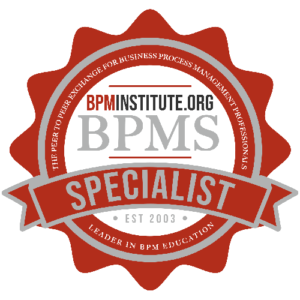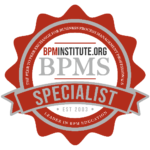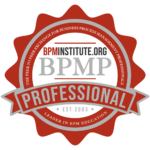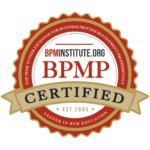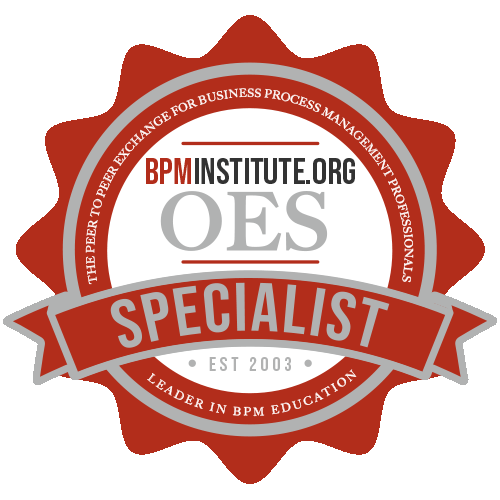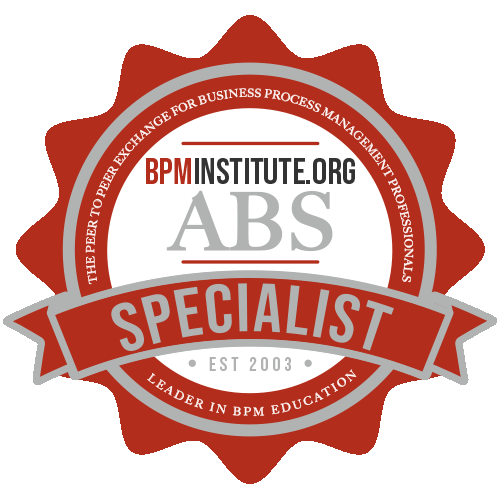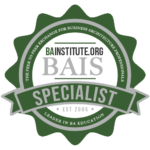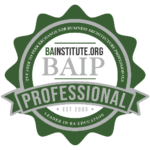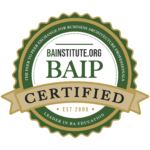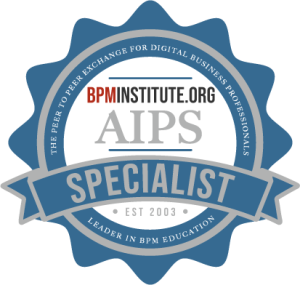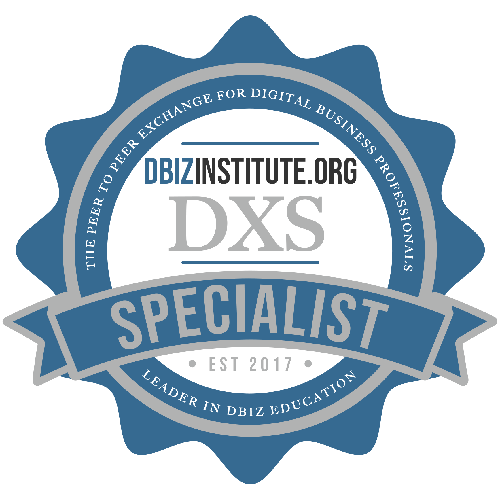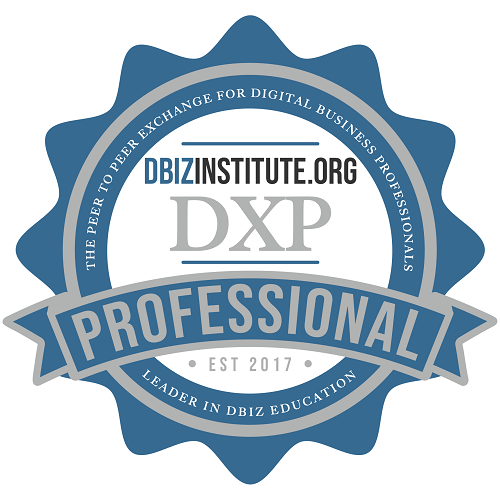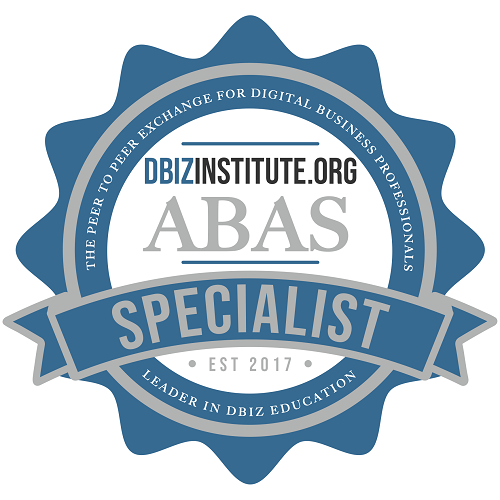Home / Resources
Resources
Discover a Wealth of BPM Knowledge and Expertise at BPMInstitute.org!
Embracing Services: SOA Governance
Organizations are often mystified at how to implement Service Oriented Architecture (SOA). Leaders yearn to sprinkle magic ‘SOA pixie dust’ on their IT organization and transform design and development processes. But holistic architectures are not created by accident. Best practices are forged through the application of engineering discipline and rigor.
Many Global 2000 companies are not ready to embrace services. The design and development teams must first learn how to properly govern their IT processes.
There is an “A” and Silent “M” in SOA
The majority of SOA initiatives that are launched over the next three years will end in disappointment – some initiatives will end in complete failure, while others will simply not deliver the flexibility, reuse and efficiency that SOA promises.
This wont be because of any shortage of cool technology.
New Directions in BPMS Technology
Dr. Bruce Silver defines Business Process Management as a better way to think about the business, seeing across functional and organizational lines. The existing structure of most businesses is a vertical stovepipe arrangement, which goes against this kind of thinking. Great benefits can be achieved from the technology through process automation when BPM is employed, particularly with the human tasks involved. This allows for integration and agility within the enterprise. Another benefit is the ability to monitor the process metrics.

Where Do We Start? A Collaborative Approach to Business Process Management
You’ve been asked to improve how your organization works. But where to start? Do you just lock yourself away in a closet and attempt to figure out what’s going wrong or do you create an interactive web survey to elicit large volumes of improvement ideas? Based on our experience, we’ve found the most effective path to improvement lies somewhere in between. Using collaborative group working sessions, you can make better decisions and ultimately increase acceptance of change, by effectively leveraging the knowledge of your internal experts.

Business Rules in the System Life Cycle – Where do they belong?
A Little Background

Visualize Progress
Perpetual development
I slid the CD into the drive, and clicked the ‘install’ icon on my Windows XP system. The percentage complete indicator showed 5%, 35%, 78%, 91%, 99%, all within the first 20 seconds, and then stood at 99% for about 3 minutes.

Collaborative Business-IT Architecture Realignment
IT architectures are merely a reflection of what business units have been requesting for decades. As the business changed, so too did the IT environment. Unfortunately, complex and often redundant data and application architectures can no longer adapt to increasingly dynamic business requirements. Coupled with the fact that the business architecture itself may be ill suited to respond to industry dynamics, it is clear that enterprise architecture realignment must be a collaborative effort involving key business and IT stakeholders.
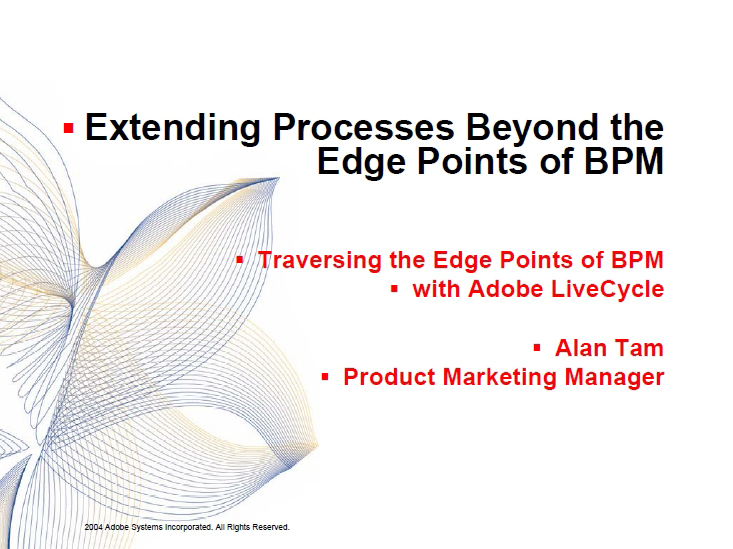
Extending Processes Beyond the Edge Points of BPM
Join us as we traverse the edge points of BPM with Adobe.
Realize the full potential of automating human-centric business processes. Streamline operations, enhance customer communications, and improve your organization’s ability to comply with regulations. Adobe process management solutions enable you to automate, manage, and track the processes that capture critical data and extend the reach of core business applications.
Join us as we traverse the edge points of BPM with Adobe.
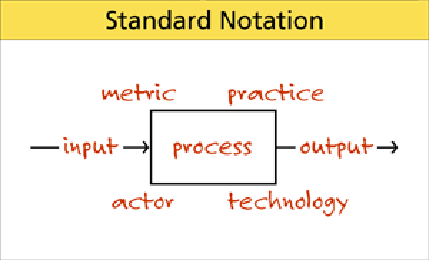
Business Process Management – The Modeling Startup Kit
Ever been to the Ikea? Ikea has starter kits for those that are starting a life for themselves away from home. My cousin, an about-to-be-student, headed to the local Ikea and selected furniture, furnishings and kitchen ‘equipment’. At Ikea, as a starter he doesn’t have to figure out what he needs for his kitchen, he can just buy the starter kit and he will have everything to prepare his daily meals: pots, pans, containers, knives, spoons, and more. It is pretty much the same set I had when I started in college.
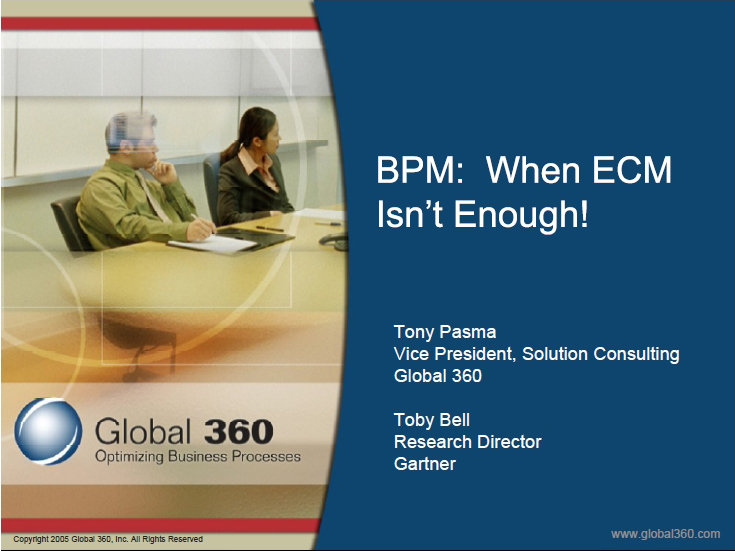
When ECM Isn’t Enough?
Too often BPM and ECM technologies are treated synonymously. However, BPM and ECM are in fact two very different technologies. While ECM technologies deliver content and document management capabilities, they do not generally provide the more relevant process-centric technologies that allow you to automate, measure and continuously improve processes.
Come hear featured Gartner research director, Toby Bell, discuss the value of process-enabled content. In this live discussion, Mr.
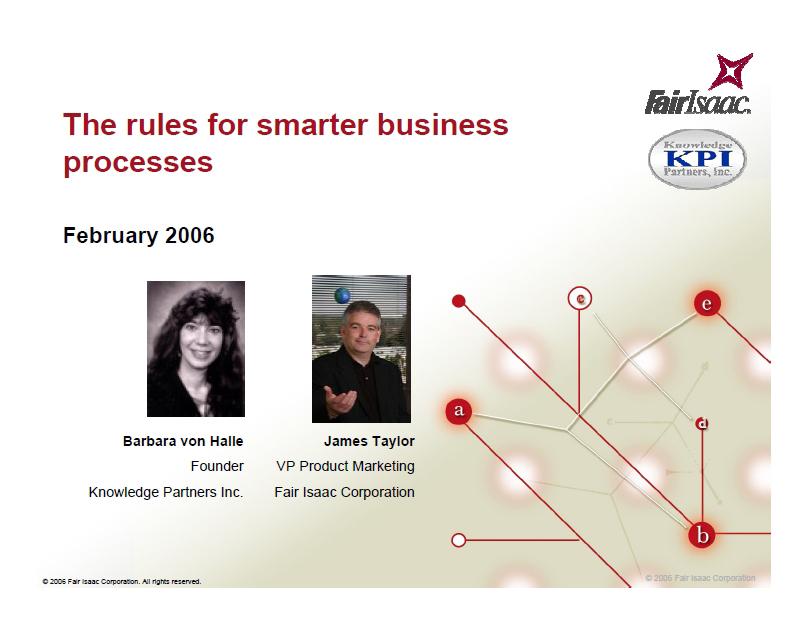
The Rules for Smarter Business Processes
The value of BPM has been clearly demonstrated in its ability to model, orchestrate and report on both human and system-based workflows. A Business Rules Management System (BRMS) takes BPM to a new level of efficiency and sophistication through its ability to automate decisions within processes. Fair Isaac Corp. and Knowledge Partners Inc.
Business Process Portfolio Management
Bob Curtice, Associate Researcher for the Institute for Process Management, Babson College and Vice President for Performance with Improvement Associates LLC. Bob Curtice is the author of books and articles on database management, systems planning, and process improvement, including “Fundamentals of Process Management” and “Role of the Process Owner”.
Curtice said that cross-functional business processes yield the most important business results. The processes need to be managed end-to-end in order to achieve benefits for the entire organization.
Coupling versus Cohesion…When to Leverage Services
As I’m exposed more to integration projects I’m seeing two patterns of failure, first the ability to recognize the problem itself and thus understand the solution, and selecting the improper enabling technology and products. In other words, people are leveraging services as a point of integration where information is the proper choice, or leveraging information exchange when services interfaces are indicated.
Understanding these concepts is becoming more important as we move into more service-oriented solutions, including SOAs.

There are no Agile Processes without Business Rules
While the days of internet time may have passed us by, the shift in focus to competition based upon the speed of innovation is here to stay. Organizations know that in the new business model, where work can be sent anywhere in the world to the low-cost provider, that one of the key competitive advantages they have is the ability to differentiate themselves with unique offerings. But even these new offerings have a shelf-life as other firms move to quickly imitate innovations.

BPMS Watch: Bidirectional Interchange: The Next Step in Process Modeling
One of the fundamental promises of BPMS was supposed to be improved business-IT alignment through model-driven implementation. We’re headed in the right direction but the tools and standards don’t completely support it yet.

Business Process Management Systems – Strategy and Implementation
Business Process Management as a management philosophy has only been discussed since the mid-1990s. This chapter explores the relationships of BPM to other process-focused management practices. The author depicts BPM as the convergence of previous process-focused management practices, such as Business Process Reengineering and Total Quality Management. The goals, principles, and practices associated with BPM are also discussed in this chapter.
This chapter is from Business Process Management Systems: Strategy and Implementation by James F. Chang. Copyright 2006 Auerbach Publications. Reprinted with Permission of the Publisher.

Profiting from Compliance with SmartBPM
Taking a business process management approach to compliance provides the tools to comply with government standards, and also provides the infrastructure you need to better execute the key processes that power your business. Only an approach that fully fuses business rules with business processes can deliver true compliance. This white paper discusses the use of BPM to address compliance mandates such as Sarbanes-Oxley – enabling organizations to close the gap between mission and execution, and continually transform the way they do business.

Managing by Exception
Everybody has a story like this. You are in the supermarket and you choose what you think is the shortest line to check out. You slowly inch forward. Finally, you are next in line. You are almost out of there.
Oops. One of the items in the basket of the person in front of you doesn’t have a price tag.

Extracting Business Rules from Existing Systems
Retooling entrenched business processes requires retooling one's information systems. This may involve replacing systems or, in other cases, significantly reworking those systems. In either case, knowledge of the underlying rules that govern those systems is essential...

Collaborative Business-IT Architecture Realignment
IT architectures are merely a reflection of what business units have been requesting for decades. As the business changed, so too did the IT environment. Unfortunately, complex and often redundant data and application architectures can no longer adapt to increasingly dynamic business requirements. Coupled with the fact that the business architecture itself may be ill suited to respond to industry dynamics, it is clear that enterprise architecture realignment must be a collaborative effort involving key business and IT stakeholders.
